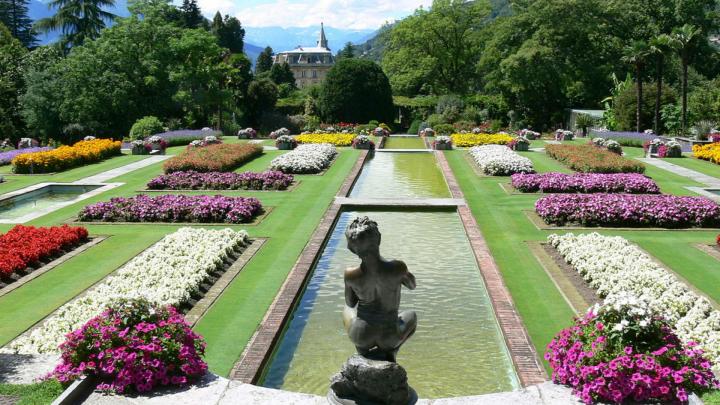In the language of flowers, the camellia is synonymous with beauty and eternal devotion among lovers. As a gift it is a sign of esteem and a symbol of good luck when it is given to a man. It comes from Asia, and in particular from China and Japan, where for centuries it has been cultivated as an ornamental plant, but above all using the dried sprouts to make tea or for the oil extracted from its seeds.
This flower owes its name to the Jesuit missionary Georg Joseph Kamel, who lived between 1661 and 1704. In ancient times the camellia, thanks to its characteristic of living hundreds of years, was considered a symbol of immortality: still today it is planted in the gardens of the Buddhist temples.
The first camellia arrived in Italy in 1760 in the garden of the Reggia (the Royal Palace) of Caserta thanks to the friendship of Lord Nelson with the English ambassador Sir Hamilton. In Europe the camellia became fashionable in the nineteenth century and the ladies of high society, but also men, used the camellia as an ornament on their clothes. Coming to more recent times, Coco Chanel choose this flower as a symbol of her prestigious Maison. The camellia also crossed the culture threshold with Alexandre Dumas who in 1848 published "La dame aux camélias", reprised by Giuseppe Verdi in La Traviata (1853).
On the shore of Lago Maggiore (Lake Maggiore) in Piemonte (Piedmont), the Camellia appeared on the Isola Madre in the second half of the nineteenth century. Favored by the mild climate, by the relative humid air and above all by the acidity of the soil, the area of the pre-alpine lakes is the ideal place to grow these plants.
Today the Consorzio Fiori Tipici Lago Maggiore (Consortium of Typical Flowers of Lake Maggiore) with a hundred producers in the province of Verbania and Novara is the only body in Europe specialized in the cultivation of winter / spring flowering camellias and other acidophile plants. The camellia of Lago Maggiore (Lake Maggiore) was the official flower of the 2006 Torino (Turin) Winter Olympics, of the Marcialonga and the Fiemme 2013 Nordic Ski World Championships.

